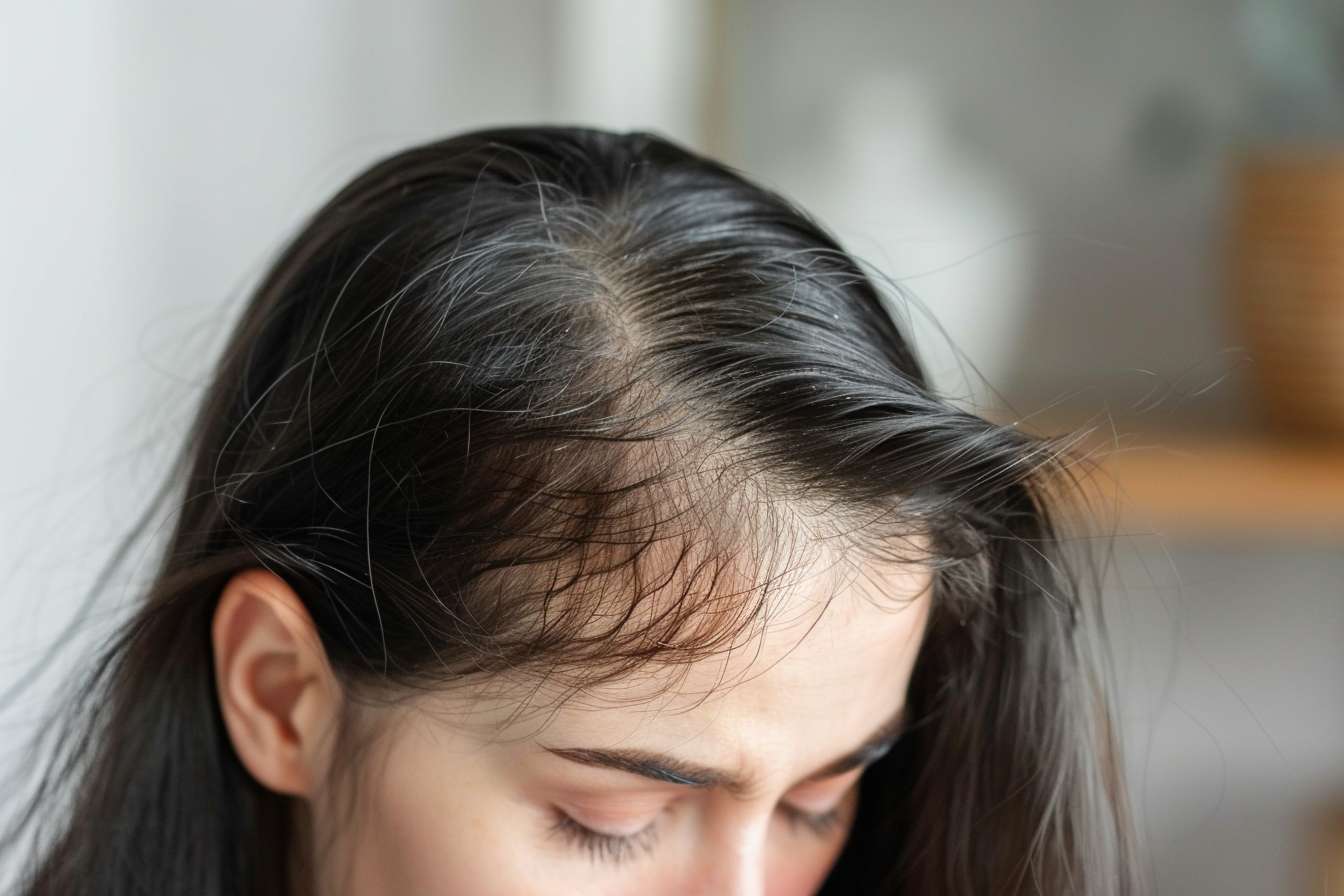Tackling Hair Loss: From Causes to Cutting-Edge Solutions
Discover the science behind hair loss affecting millions worldwide, regardless of age or gender. Uncover the intricate interplay of genetics, hormones, and lifestyle factors influencing this natural process. Explore a comprehensive guide to effective treatments and debunk common myths, empowering you to take control of your hair health journey.

Hair loss is a multifaceted issue that affects individuals across demographics. Understanding its complexities is crucial for those seeking solutions. Let’s delve into the various aspects of hair loss, from its diverse causes to innovative treatments and practical lifestyle adjustments.
Root Causes of Hair Loss
Hair loss stems from a variety of factors, often intertwining to create unique patterns in each individual:
-
Genetic Predisposition: Many people inherit a tendency for hair thinning, particularly androgenetic alopecia, commonly known as male or female pattern baldness.
-
Hormonal Fluctuations: Changes in hormone levels, such as those occurring during pregnancy, menopause, or thyroid disorders, can significantly impact hair growth cycles.
-
Autoimmune Conditions: Disorders like alopecia areata can cause the immune system to attack hair follicles, resulting in patchy hair loss.
-
Medication Side Effects: Certain drugs, including those for cancer treatment, depression, and hypertension, may induce hair loss as an unintended consequence.
-
Stress Factors: Both physical and emotional stress can trigger telogen effluvium, a condition where hair prematurely enters the resting phase and sheds excessively.
Gender-Specific Hair Loss Patterns
While hair loss is universal, its manifestation often differs between men and women:
Men typically experience a receding hairline and crown thinning, potentially progressing to complete baldness. This male pattern baldness is largely influenced by genetic factors and androgenic hormones.
Women generally face diffuse thinning across the scalp, maintaining their frontal hairline. Female pattern hair loss, while also genetically influenced, can be exacerbated by factors such as iron deficiency or hormonal imbalances.
Innovative Treatment Approaches
The field of hair loss treatment has seen significant advancements, offering hope to those affected:
-
Pharmacological Interventions: FDA-approved medications like minoxidil and finasteride have shown efficacy in slowing hair loss and promoting regrowth in some cases.
-
Surgical Solutions: Hair transplantation techniques have evolved, allowing for natural-looking results by relocating hair from denser areas to thinning regions.
-
Cosmetic Procedures: Scalp micropigmentation offers a non-invasive option, creating the illusion of fuller hair through carefully applied pigments.
-
Light-Based Therapies: Low-level laser treatments stimulate hair follicles, potentially enhancing growth and thickness.
-
Regenerative Medicine: Platelet-rich plasma (PRP) therapy utilizes the body’s own growth factors to rejuvenate hair follicles.
Lifestyle Modifications for Hair Health
While some hair loss causes are beyond control, certain lifestyle changes can support overall hair health:
-
Nutritional Balance: A diet rich in proteins, B vitamins, vitamin D, iron, and zinc provides essential building blocks for healthy hair.
-
Stress Reduction: Incorporating stress management techniques like meditation or regular exercise can mitigate stress-related hair loss.
-
Gentle Hair Care Practices: Minimizing harsh styling, excessive heat, and chemical treatments helps maintain hair and scalp integrity.
-
Scalp Maintenance: Regular cleansing and avoiding product buildup creates an optimal environment for hair growth.
-
Proactive Health Management: Regular check-ups can address underlying medical conditions or nutritional deficiencies contributing to hair loss.
Dispelling Common Hair Loss Myths
Misconceptions about hair loss abound. Let’s clarify some prevalent myths:
-
Headwear and Hair Loss: Contrary to popular belief, wearing hats doesn’t cause baldness unless extremely tight, potentially leading to traction alopecia.
-
Shampooing Frequency: Regular washing supports a healthy scalp environment, beneficial for hair growth.
-
Age and Hair Loss: While often associated with aging, hair loss can affect individuals of all ages, including teenagers and young adults.
-
Permanence of Hair Loss: Some types, particularly those induced by stress or nutritional deficiencies, can be reversible with appropriate intervention.
-
Gender Specificity: Hair loss significantly impacts both sexes, with up to 40% of women experiencing noticeable hair loss by age 40.
Conclusion
Hair loss is a complex issue with wide-ranging causes and manifestations. By understanding its intricacies, individuals can make informed decisions about their hair health. While hair loss can be distressing, numerous effective solutions exist to manage and sometimes reverse its effects. For personalized advice and treatment plans, consulting with healthcare professionals or trichologists is recommended.
Remember, this information is for educational purposes only and should not replace professional medical advice. Always consult a qualified healthcare provider for personalized guidance and treatment options.






